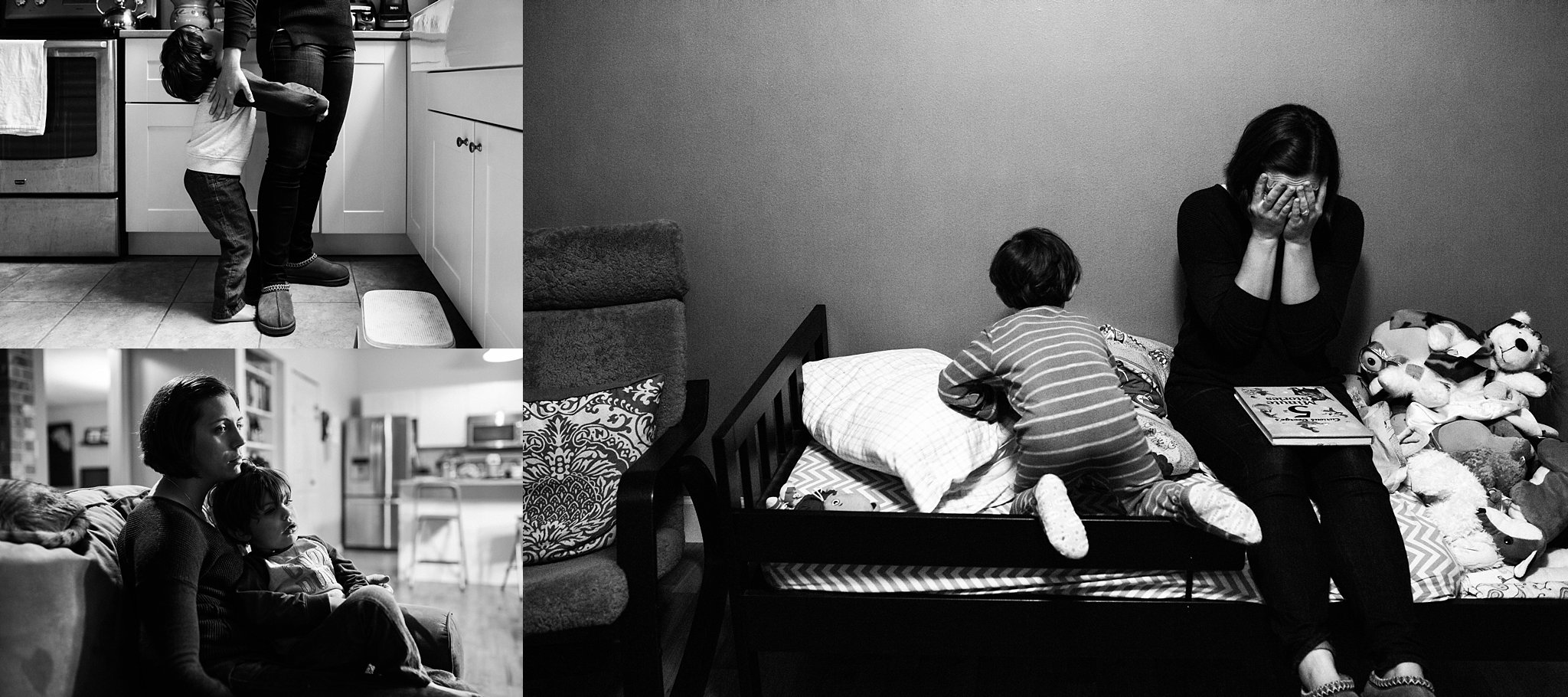The first event I went to as the other half of a service member was a picnic hosted by the Kansas City chapter of the Naval Academy Alumni Association. My then boyfriend, now husband of more than a decade, had been invited due to his recent acceptance to the Naval Academy out of high school. I don’t remember much about the occasion other than there being lots of middle aged white guys dressed in east coast nautical casual, despite living land locked in the midwest. That, and an interaction I had with one of the gentlemen who, upon meeting me, made a comment about me “keeping the home fires burning.”
Home fires.
A phrase I had only experienced in books and movies set during World War II. And here it was being applied to me, an 18 year old in 2001, fresh out of high school. This was my introduction to this subculture that would become the life I have led for the past 12 years and still lead as a Navy spouse. It’s a life that is frequently romanticized, or demonized, or just misunderstood by those who aren’t in the thick of it.
The world has changed a lot since that picnic. 9/11 moved us from peace time to fighting a “war on terror”. I went from owning a cell phone that just made phone calls to keeping a small computer, that just happens to make phone calls, with me at all times. The housing bubble burst, the economy tanked, and if you think all of these things happening didn’t make an impact on the culture of the military, you are sorely mistaken.
In 2017, as Americans were discussing if kneeling during the national anthem was an appropriate form of protest The Slate published an article arguing that the military was too diverse in culture and political beliefs for anyone to argue that the protest was “disrespecting the troops.” In fact, according to the article from The Slate, many vets stated that they were in support of the protest. A piece similar in sentiment was published in The Washington Post a short time later. The article in the Post discussed the use of military widows and fallen soldiers as the basis for political rhetoric, often times without examining the history or backstory of the individuals whose images were being spread across the internet. Unsurprisingly, the political messages and reality did not exactly line up.
If it can be argued that the military members are too diverse to be used as a trope, the same can be said for their partners. Yet I never feel so pigeon holed as I do when I tell someone that I am a military spouse. I am generally on the receiving end of a simpering look of pity followed by a “Thank you/your husband for his service” followed sometimes with a joke about my job being “the hardest job in the Navy”. While I certainly appreciate the sentiment and the kindness, the more time that passes, the more fraudulent I feel. Yes, my husband is a member of the armed forces. And yes, in many ways his job takes precedent over our family. But, in our case at least, it’s a secure, well-paying job that challenges him in a way a good job should. For my part, I don’t feel that I lead a life of sacrifice. I lead life of compromise, like any marriage. Yes, deployment and all the curveballs the military throws at one’s home life are challenging, but more often than not, they aren’t inherently harder – just different. There are plenty of civilian jobs that involve lots of travel, demanding work schedules and hazard pay. But so many individuals hold onto this “home fires” ideal when the reality is so often quite different. And I fear the lack of understanding is creating an over simplified view of the military. A view wherein the institution is too easily be turned into a monster or a martyr when, in truth, the military has under it’s umbrella monsters, martyrs, and everyone in between.
It is my personal hope that this project helps to show military families for what they are – normal, relatable families, each with a different story and different perspective. By photographing families while their service member is on deployment or otherwise absent while on duty, it is my intention to show the normalcy that exists for families while service members are away. It’s not all tearful Skype sessions, count downs and kids clinging to daddy dolls. It’s also routine and less laundry to wash. In sum, it’s still life as usual, just a different plane of usual.
As a final note, I realize (and fear) what I’ve written here might be interpreted as a blanket statement; that all opinions and experiences are similar to my own. I would like to pointedly say that is not the case. Indeed, just as all people are different, each branch and sub community of the military is different. Each has its own set of challenges and it’s own culture. Often times these differences are not known or understood even in between communities, making this project just as much an eye opening experience for myself as for those outside the military community.


